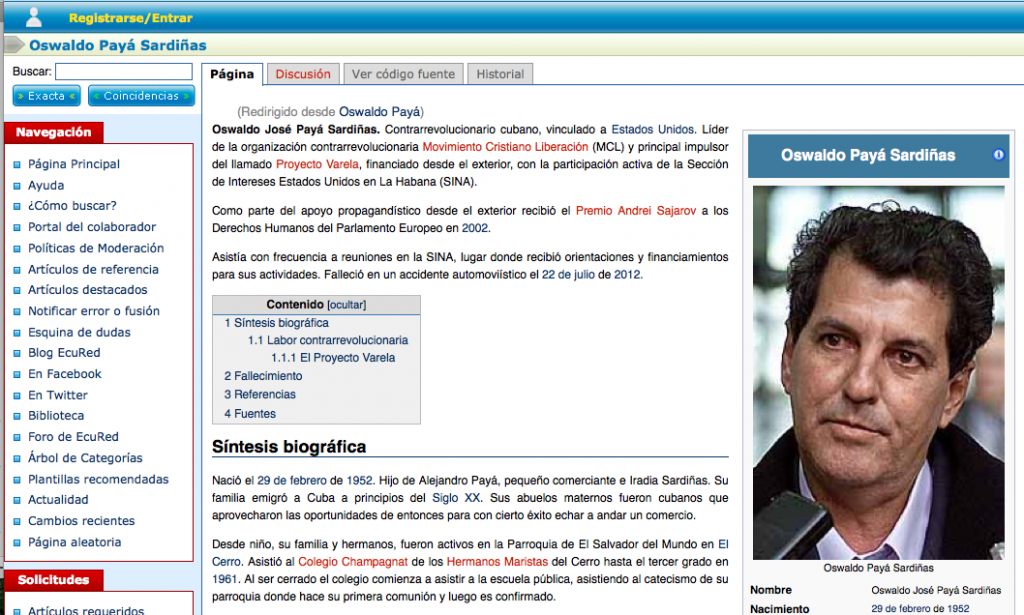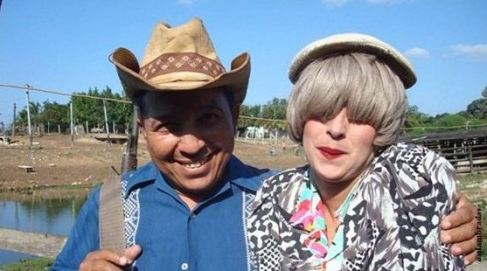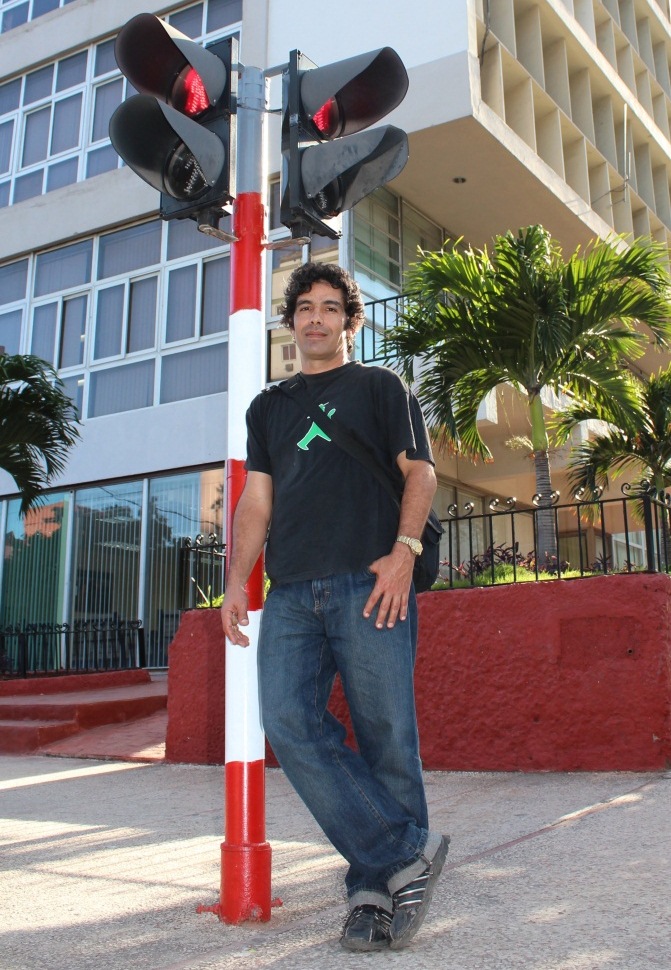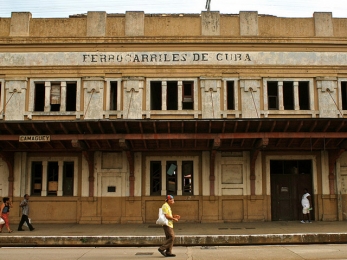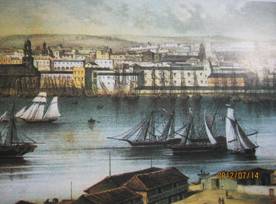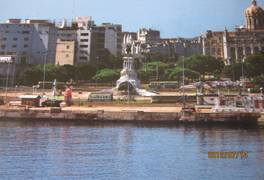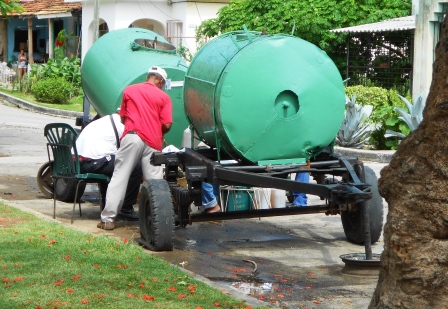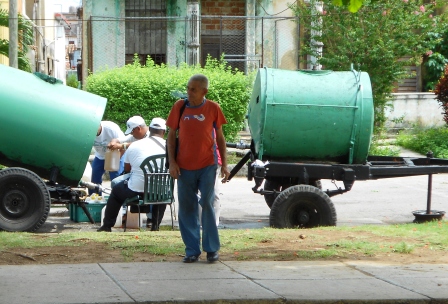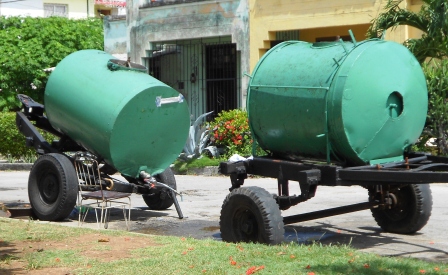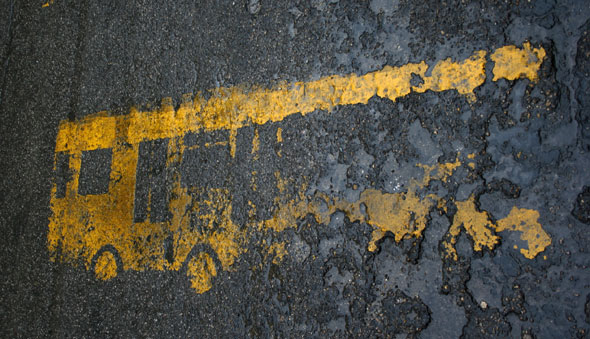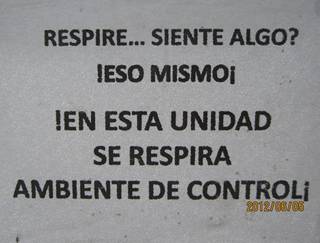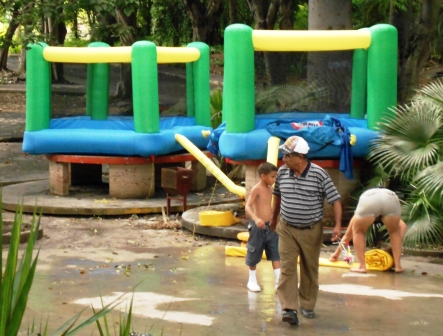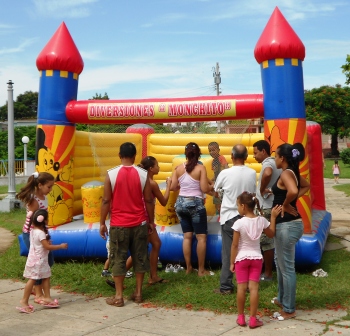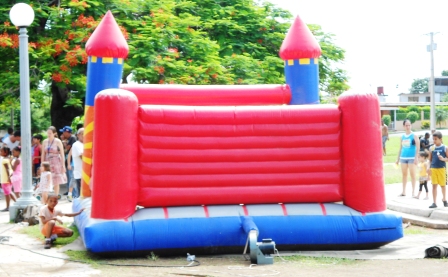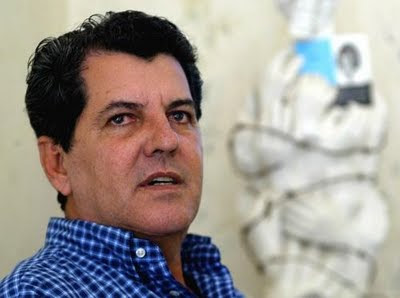
At five in the afternoon on July 22, the death of opposition leader and founder of the Christian Liberation Movement (MCL) Oswaldo Payá was confirmed. The news started as a rumor that spread during the early hours of Sunday afternoon.
Known nationally and internationally for organizing and carrying out the Varela Project, his death at the age of 60 is a hard blow to the pro-democracy forces in Cuba. Social networks quickly did their utmost to spread the news and the hashtag #OswaldoPaya trended globally. The renowned dissident lost his life in a car accident — the facts of which are still unclear — which occurred around 1:50 pm local time.
The incident took place a few miles from the city of Bayamo in the eastern province of Granma, which is about 500 miles from Havana. Near the small town of La Gabina the car left the road and rolled until it hit a tree. It remains to be confirmed if, before the impact, it was hit by another vehicle, as claimed by several sources, or if the driver lost control, as claimed in the official version.
Payá was in the car with the dissident activist Harold Cepero who also died some hours after the accident. The two Cubans were traveling accompanied by two foreigners, the Spaniard Angel Carromero, 27, and the Swedish politician Jens Aron Modig, 27. Carromero is a lawyer and advisor to the City of Madrid, and secretary of the New Generations of the People’s Party in the Spanish capital. Modig chairs the Christian Democrat Youth League.
All were taken to the Professor Carlos Manuel Clinical Surgery Hospital in Bayamo, where hospital officials said that Oswaldo Payá was already dead when he arrived. After hours of incomplete reports, his wife Ofelia Acevedo was notified of his death through a Catholic Church source.
The two injured have been hospitalized in the same facility and, according to confirmations from El Pais newspaper, only suffered minor injuries. The entire hospital is surrounded by a heavy police operation, and it is impossible to communicate by telephone with the room where both Angel Carromero and Jens Aron Modig are being treated.
Rosa María Payá, the daughter of the deceased dissident, told several media that “they wanted to hurt” her father, “and ended up killing him.” Similar suspicions are growing among opposition figures as well, but will have to wait for the testimony of the two survivors and for the results of police investigations.
The Varela Project
In 2002 Oswaldo Payá received the European Parliament’s Sakharov prize, which was specially awarded for his work on the Varela Project. This initiative proposed a constitutional amendment under a process supported by legislation then in force on the Island. Through the Varela Project, he proposed the holding of a national referendum to allow free association, freedom of expression and of the press, called for free elections, promoted freedom to engage in business, and called for an amnesty for political prisoners.
Together with other members of the Christian Liberation Movement and activists of the banned opposition, Payá managed to present the National Assembly of People’s Power some 11,000 signatures on March 10, 2002. Two years later another 14,000 signatures were added, but the Cuban government rejected the demand for a popular referendum.
Instead, the official response was to declare the socialist character of the country’s prevailing system irrevocable, in a gesture that was popularly called the “constitutional mummification.” Surveillance and repression around Payá increased from that date, including arrests, threats and repudiation rallies in front of his house.
In March 2003, when the Black Spring occurred, about 40 members of the MLC were among the 75 defendants. Their sentences ranged from 6 to 28 years in prison on charges of violating national sovereignty. The vast majority of them had to wait to be released until 2010, when an unprecedented dialogue between the Catholic Church and the Cuban government ended with the freeing of these dissidents. Although Payá was not arrested or prosecuted, during all this time he did not cease to denounce the situation of the convicted activists.
Secularism and civility
Born in 1952 and raised in a family with a strong Catholic tradition, Oswaldo Payá had a religious upbringing. He attended a Marist Brothers school until 1961, at which time it was taken over by Fidel Castro’s government. When he was just 16 he did his military service and during that stage of his life was punished for refusing to transport a group of political prisoners. That refusal caused him to be sent to serve three years hard labor on the Isle of Pines.
On finishing this sentence he joined a parish youth group in his neighborhood of Cerro. Indeed his outstanding labor as a layperson led him to work on the process of Cuban Ecclesiastic Reflection (REC) and he served as delegate to the Cuban National Ecclesiastic Meeting (ENEC) in 1986. In parallel to his opposition activities he continued to work as a specialist in electrical equipment for a State agency. He had graduated as a telecommunications engineer.
In 1988 Payá founded the Christian Liberation Movement that quickly became one of the most important organizations of the nascent Cuban civil society. He also participated in drafting the Transitional Program to promote political change in the largest of the Antilles. From his status as a prominent leader he signed the Todos Unidos [Altogether] manifesto and served as coordinator for its rapporteur commission.
In 2009 he developed a Call for the National Dialogue and at the time of his death was championing an initiative to allow Cubans to freely enter and leave their own country. But his breakthrough as an opponent had come with the creation and dissemination of the Varela Project, an initiative that began to be developed by the MCL in 1998.
For his work he was awarded the W. Averell Harriman Prize, awarded annually by the National Democratic Institute in Washington and the Homo Homini Award of the Czech foundation People in Need. New York’s Columbia University named him an honorary Doctor of Laws and he was nominated several times for the Nobel Peace Prize. He was received in Rome by Pope John Paul II during the same trip that took him to the European parliament ceremony for the Sakharov Prize.
On his death he left three children, Oswaldo José, Rosa María, and Reinaldo Isaías, and also his widow Ofelia Acevedo.
With the death of Oswaldo Payá the Cuban opposition loses one of its most outstanding figures in both the national and international arenas. Gone, physically, is a politician of great importance for the political transition in the island, a prominent layman in the Catholic Church, and a man who was a bridge between the Cuban diaspora and the nation.
The body of Oswaldo Payá will be transferred to Havana where there will be a wake in the parish of Cerro, the neighborhood where he lived.
23 July 2012

